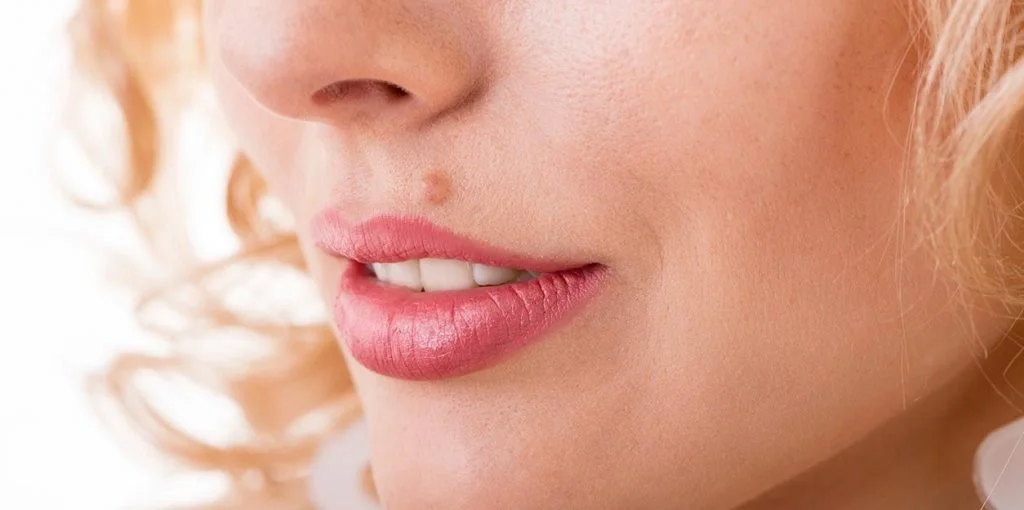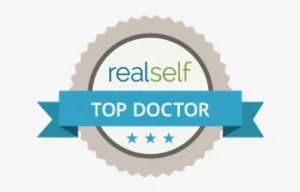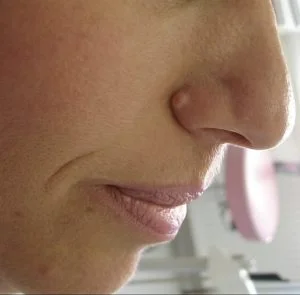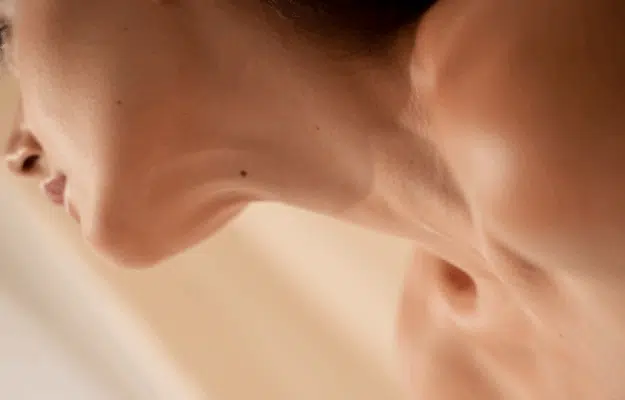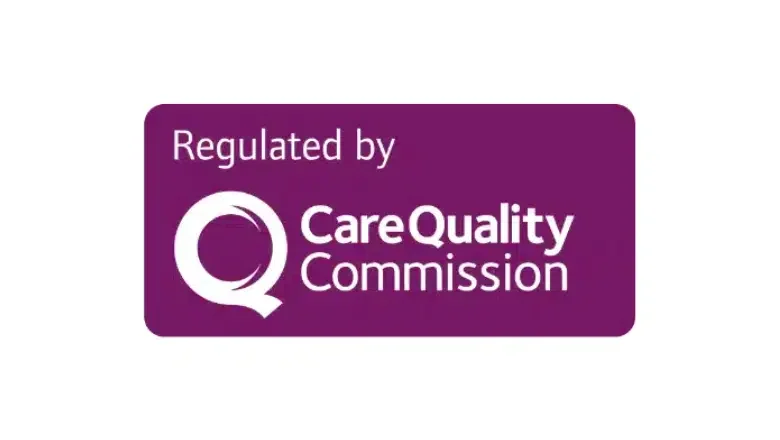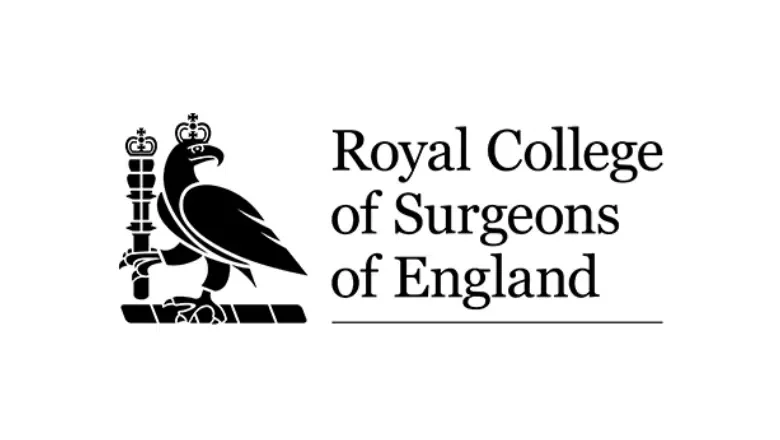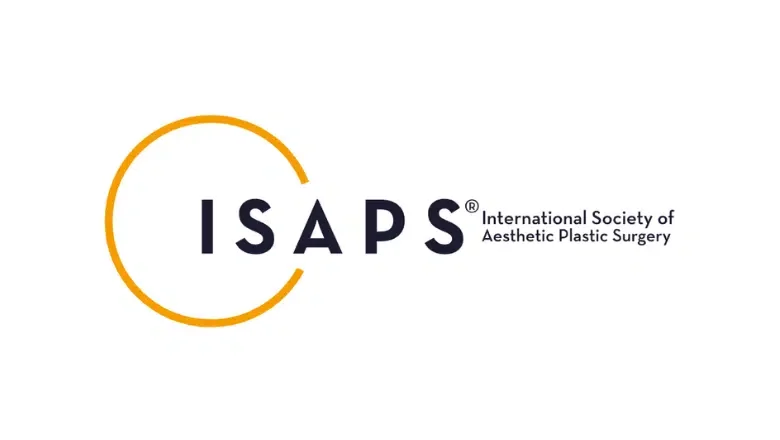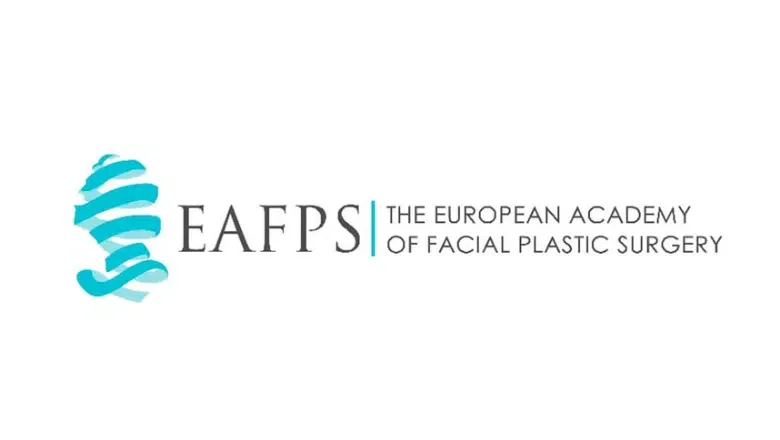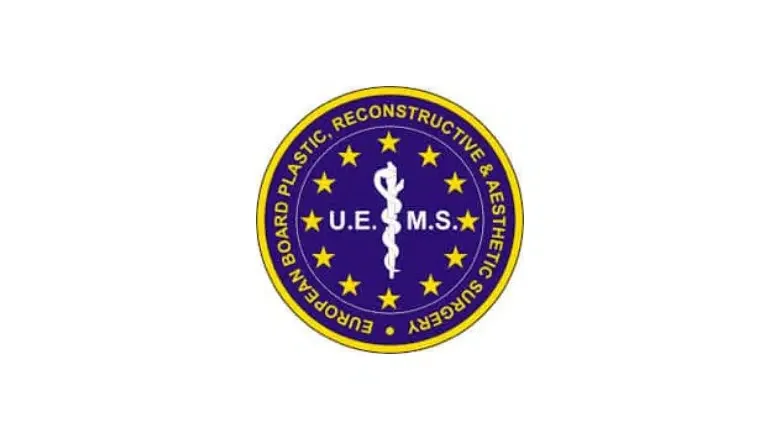Facial Skin Lesion Removal in London
Facial skin lesion removal is performed for the removal of cosmetically unsightly skin lesions on the face.
What are facial skin lesions?
Facial skin lesions are very common, and most people will have some on their faces at some point. Facial skin lesions can vary in size, shape, and colour, can appear anywhere on the face and may affect sensitive regions around the eyes, nose or mouth. Some skin lesions can be present at birth, such as birthmarks and moles, while some skin lesions can develop later in life, such as cysts, warts and lipomas. Several factors can cause skin lesions. Some skin lesions, such as freckles, birthmarks and moles, can be genetic; however, the most common cause of many skin lesions is environmental in origin. For example, infective skin lesions caused by bacteria.
RealSelf Top Doctors
RealSelf’s top doctor status is awarded to less than 10% of the RealSelf doctor community. This status is earned by achieving consistently high patient satisfaction (from RealSelf reviews), getting excellent feedback on expert answers to patient questions, and investing significant time in Q&A and other doctor activities. RealSelf’s top doctors are rated among the very best surgeons in the United Kingdom.
Types of facial skin lesions
There are a wide variety of potential facial skin lesions, and the most common skin lesions include:
These skin lesions can often be difficult to remove with the more old-fashioned techniques and with a greater risk of scarring. Older removal methods include creams and ointments, cryotherapy or curettage and cautery. Centre for Surgery offers only gold-standard methods of removing facial skin lesions with minimal risk of scarring. These include both surgical removal and laser removal with an Erbium YAG laser.
Some facial skin lesions are related to excessive sunlight and include:
The Erbium laser is an excellent treatment option for addressing these skin lesions and has superseded old-fashioned methods such as cryotherapy, curettage, cautery and topical creams. Erbium laser does not carry the risks of surgical removal, including incisions, the need for suturing and the downtime that comes with surgical removal methods. Scarring is also much more cosmetically pleasing compared with surgical methods.
Remember, if there is any change in the size and shape of an existing skin lesion or if you notice a new lump with potentially suspicious features, it is essential to be seen by your GP or a specialist dermatologist to rule out cancerous changes.
Ideal candidates for facial skin lesion removal
Those who will be considered good candidates for this procedure include those who have a facial skin lesion they want to remove.
You must be at least 18 years old to be eligible for this procedure.
Facial skin lesion removal procedure
Virtually all facial skin lesion removal cases can be performed under a local anaesthetic. This means you will be awake throughout the whole procedure, but you will be unable to feel any pain or discomfort. In rare cases where the skin lesion is very large or in a sensitive area such as the eyelids, a general anaesthetic may be preferred. Before the injection of local anaesthetic, the area is marked to delineate the area of skin removal. The area is then cleaned with an antiseptic solution before being carefully draped to preserve sterility. The two main facial skin lesion removal methods used at Centre for Surgery are surgical excision and laser removal. If there is concern that the skin lesion shows suspicious features, it is better to surgically remove the lesion and send for histology to rule out any cancerous changes. The skin lesion is carefully excised from the skin using precise surgical techniques. The surgeon will take extra care with the skin closure to minimise scarring. In very large skin lesions, it may be necessary to use a skin graft or tissue flap to close the resulting skin defect. Your plastic surgeon will advise you of the best options for treatment.
If the facial skin lesion is assessed to be purely benign, then a state-of-the-art Erbium laser can be used, which means no incisions and a virtually scarless result. Compared with CO2 laser, Erbium laser is ideal for removing superficial skin lesions on the face due to its precise mode of action, which results in a very low risk of hyperpigmentation or scarring. Most skin lesions are
Recovery after facial skin lesion removal
Facial skin lesion removal is performed as a day case. You can return home on the same day as your procedure. Once the local anaesthetic has worn off, you may experience some mild pain and discomfort. If necessary, you may wish to take some pain medication. It is normal to expect some swelling and bruising. This will be more noticeable in the first few days and fade after two weeks. We recommend you not return to work on the same day as your procedure. However, you may feel well enough to return to work the following day. If you have non-dissolvable sutures, you must return to the clinic to have them removed. Non-dissolvable sutures are often used on the face, resulting in improved scar cosmesis compared with dissolvable sutures.
Facial skin blemish before and after
FAQs
-
What are the different types of facial skin lesions?There are many different types of facial skin lesions, which can be broadly categorized into two main groups: benign and malignant.
Benign lesions are non-cancerous and are not usually a threat to life. Examples of benign facial skin lesions include:
* Moles: A benign growth of pigment cells, they can be raised or flat and may vary in colour from pink to black.
* Freckles: Small, flat, round, tan or light brown spots.
* Age spots or liver spots: Flat, dark, tan or brown spots that occur on sun-exposed areas of the skin.
* Keratoses: Small, scaly, or wart-like growths can be raised or flat.
* Warts: Small, raised growths caused by a viral infection.
Malignant lesions are cancerous and have the potential to spread to other parts of the body. Examples of malignant facial skin lesions include:
* Basal cell carcinoma (BCC): A type of skin cancer that arises from the basal cells of the epidermis. It is the most common type of skin cancer.
* Squamous cell carcinoma (SCC): A type of skin cancer that arises from the squamous cells of the epidermis.
* Melanoma: A type of skin cancer that arises from the pigment cells (melanocytes) of the skin. It is the most dangerous type of skin cancer.
It's important to note that any suspicious or rapidly changing skin lesion should be evaluated by a dermatologist or a plastic surgeon for proper diagnosis and treatment. -
How is facial skin lesion removal performed?The area will be frozen and cleaned. The facial lesion will then be removed using a scalpel. The hole in the skin will then be stitched shut. The lesion may be sent to a lab for testing.
-
What type of anaesthetic is used?In most cases, facial skin lesion removal is performed under a local anaesthetic. This means you will be awake but will not feel anything in the treatment area.
-
Am I a good candidate for facial skin lesion removal?If you have a lesion on your face which you dislike and want to have removed, you will be considered a good candidate.
Centre for Surgery only offers this procedure to those that are over 18 years old. -
How long will the procedure take?This will vary depending on how many skin lesions you are having removed, the location of the lesion and the size. The procedure may take up to one hour or more.
-
How much time will I have to take off work?We recommend you do not return to work on the same day as the removal. However, you may not need to take any further time off work.
-
Are there any risks of facial skin lesion removal?Rare risks include bleeding, which can be resolved by applying pressure to the area with a tissue or swab.
Rare risks also include infection, which can be resolved with antibiotics. Surgeons at Centre for Surgery takes precautions to ensure the risk of infection is very low. -
Will I need to have another appointment?You will need to return to the clinic to have your stitches removed if they are non-dissolvable.
If your skin lesion was sent to a lab for testing, you may receive the results a few days later.

